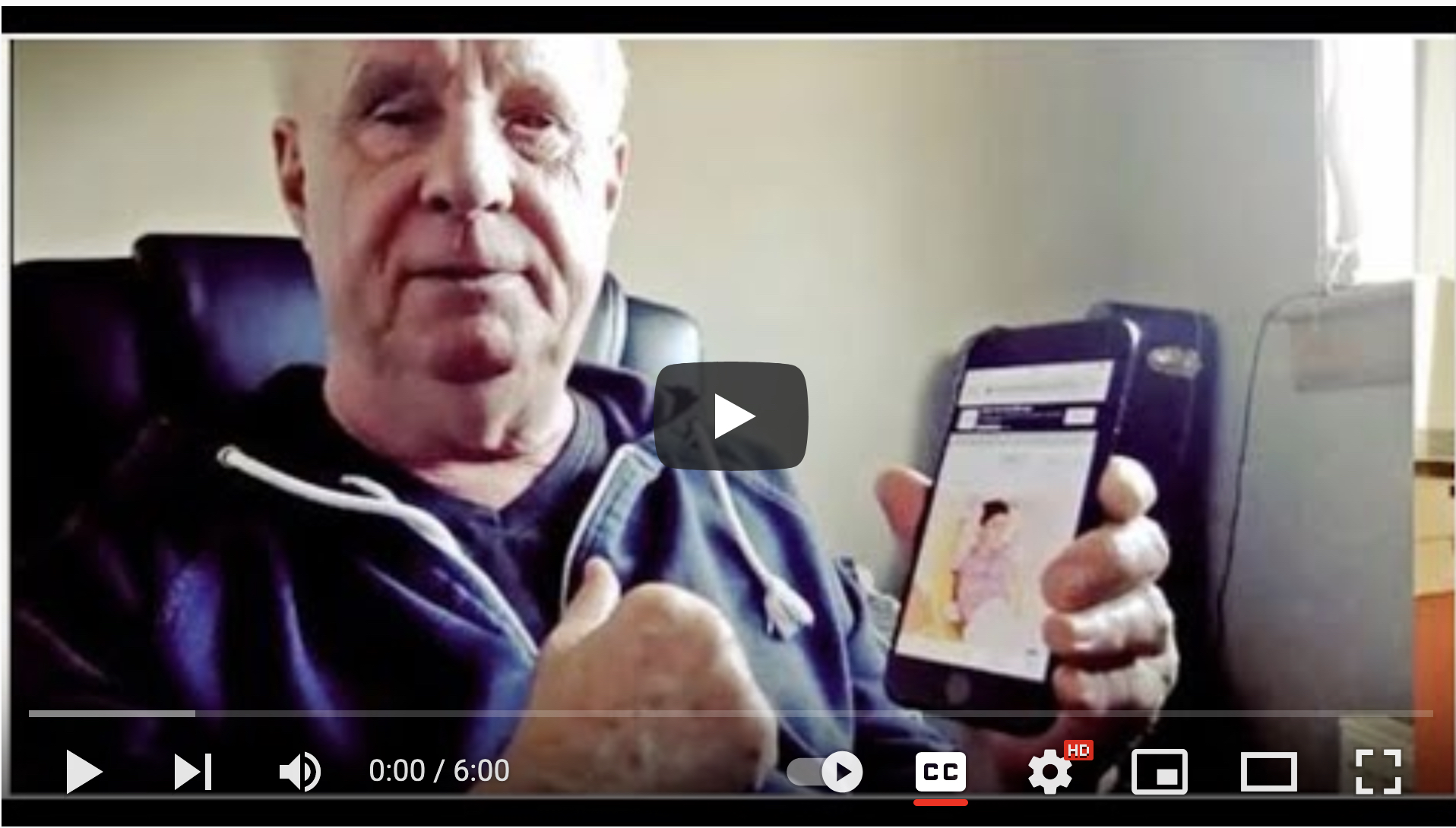Many disabled people, including people with visual impairments, and people who are blind, face significant challenges when using websites – when they are not designed with accessibility in mind. Website accessibility is crucial for ensuring that everyone, regardless of their abilities can access online content, in our increasingly digitised world.
It is not only important for creating an inclusive digital environment, but it is also a legal requirement under the Equality Act 2010. Thankfully though, there are website accessibility guidelines we can use to ensure our websites are accessible to people who are blind or who have a visual impairment.
Understanding visual impairments:
Visual impairments refer to a wide range of conditions that affect the eyes or the brain’s ability to process visual information. Some common visual impairments include low vision, color blindness, and total blindness. It doesn’t take much imagination to understand that reading text, navigating web pages, and interpreting images are all going to be more difficult if you can see web page content very well, or not at all.
Key considerations for designing an accessible website for people with visual impairments:
There are several things that website designers should keep in mind when designing an accessible website for people with visual impairments. These include:
- Color contrast and font size: Good contrast between text and background colors is important, and font sizes should be adjustable. Here is an article to help you understand the basics of colour contrast.
- Alternative text for images: All images should have alternative text that describes the content of the image for screen readers.
- Screen reader compatibility: Websites should be compatible with screen readers, which are software programs that read web content aloud. JAWS from Freedom Scientific is probably the most well know screen reader but it is quite expensive. Here is a list of free screen readers that you can use to get a sense of how a blind or visually impaired person accesses website content.
- Keyboard navigation: Websites should be designed with keyboard navigation in mind. Visitors should be able to navigate the site using only their keyboard.
- Audio descriptions and transcripts: Video content should have audio descriptions and transcripts.
Tips for testing website accessibility:
Designers should use accessibility tools such as WAVE to get a quick sense of accessibility problems that might exist. However, it is also important conduct user testing with disabled people. Disabled people will provide valuable insight into how accessible the website is ‘in the real world’. Website accessibility is an ongoing process, and designers should regularly review and update accessibility features. Providing accessible alternatives for inaccessible content, such as video transcripts for video audio can help maintain website accessibility.
Designing an accessible website is not only important for creating an inclusive digital environment but as I mentioned earlier, it is also a legal requirement. By considering the needs of people with visual impairments and following WCAG 2.1 website accessibility guidelines, designers can ensure that their websites are accessible to everyone. As website designers, we have a responsibility to our site visitors. We should take action towards making the internet a more inclusive place for disabled people, particularly for people with visual impairments and people who are blind.
Related Content
- Website Accessibility Auditing Service – for WCAG 2.1, WCAG 2.2 ComplianceRichard Morton is a member of our website accessibility audit team "A large proportion of my work over the last six years has been web accessibility auditing, using the Web Content Accessibility Guidelines (WCAG 2.1 & WCAG 2.2).I do manual testing, using the standard browsers, and light tools like the AIS ...
- About Web Designer and Accessible Website Design Specialist Jim ByrneA passion for equality and accessibility Decades before he became an accessible website design specialist, Jim started his working life as a computer programmer in 1979 using 'miniframe' computers that had LP (a long player record) sized 'not very floppy disks'. The disks needed to be screwed into a large cabinet ...
- Accessibility Auditing – WCAG 2.1 & WCAG 2.2 and Accessible Website Design, UKJim Byrne is an accessibility specialist with three decades of experience in accessible website design, training and accessibility auditing and consultancy for the not-for-profit, education, public and third sector. An award-winning website developer, website accessibility training provider and WCAG 2 expert ( he provided feedback on the development of WCAG ...
Take my Web Accessibility Online Training Course - WCAG 2.1 Compliance
Learn to design and manage WCAG compliant, accessible websites with my online course
You will learn both the techniques of accessible website design and an entire ‘framework for thinking about the subject’. It will equip you with the skills to understand, identify and fix issues any accessibility issues you come across. Watch the free videos to get a taste of what is on the course.
)
Working with non-profits, charities, voluntary and public sector organisations and social enterprises for over 20 years. Jim set up one of the worlds first website accessibility web agencies in the mid 1990s.